Australia the envy of the world in COVID-19 fight
There might be a second coronavirus wave in Melbourne and outbreaks in Sydney, but experts continue to sing praise for Australia’s coronavirus response. Here’s why.
World
Don't miss out on the headlines from World. Followed categories will be added to My News.
- Sex toys, Gucci bags, dogs: Aussies’ weird tax claims
- Aussie victim: ‘Evil’ Ghislaine ‘worse’ than Epstein
If you had asked Professor Chris Dickey in January which country would be best placed to deal with a pandemic, he wouldn’t have hesitated in naming the United States.
Now, as his country grapples with being labelled “the new Wuhan” for its astonishing number of infections, the leading US public health specialist says it’s the response of Australia that is leading the world.
“Australia has done a great job at limiting the spread of the virus,” said Prof Dickie, the Director of Global and Environmental Public Health at New York University.
“The fact that it has kept the total numbers and the total deaths at such a low rate … it is pretty remarkable.”
While Australia has drawn widespread praise globally for its initial reaction, continuing broad lockdowns were not the best way to fight renewed outbreaks, according to international experts from Europe, Britain, the US and the World Health Organisation.
A combination of Australia’s immediate shutdowns in March, fast and widespread testing, and targeted response to new outbreaks make it a textbook example of how to clamp down on the spread of coronavirus, but the experts said elimination like that achieved by New Zealand was impossible.
Instead, the most effective weapon was the widespread wearing of masks.
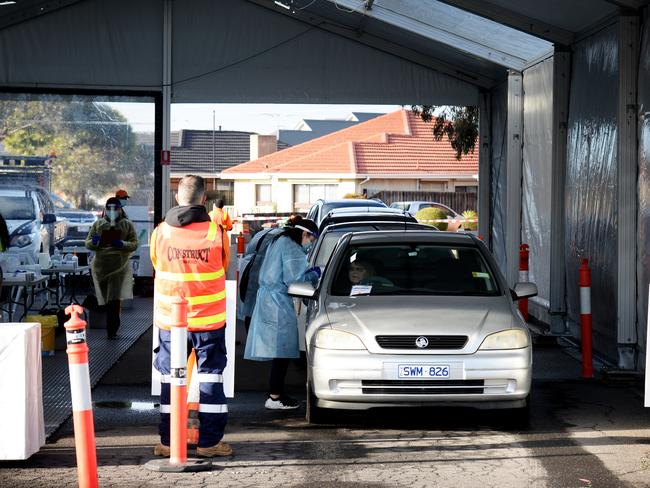
“I’m not sure you need to lock down to be honest,” said Professor Anders Vahlne, division of clinical virology at the Karolinska Institute in Stockholm, Sweden.
“This virus spreads via aerosol in the community and if you introduce barriers that will help, and one very good barrier is a face mask, with that you will go very, very far,” he said, adding that countries such as Taiwan that used face masks were very successful.
“Just face masks and social distancing will get you very, very far.”
Even as Australia grapples with new recent outbreaks, there is cause for optimism about how we will cope in the coming days, according to WHO spokesperson, Dr Margaret Harris.
“I know a lot of people in Australia are very disappointed right now because they’re seeing a significant outbreak in Melbourne,” said Dr Harris, an expat Australian who is based at WHO headquarters in Geneva.
“But we’re also seeing that Australia has not let up the surveillance and has picked this early and gone in hard again.
“The really crucial thing is being able to keep numbers down as far as possible, as much as possible, so that you can limit the number of people who have to have intensive care to survive this disease.“
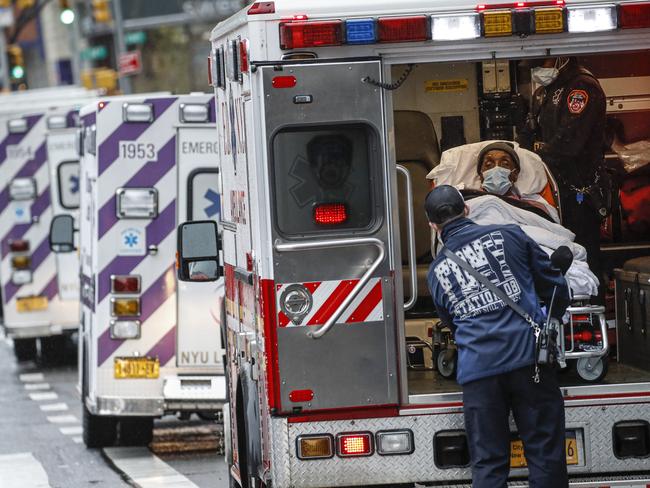
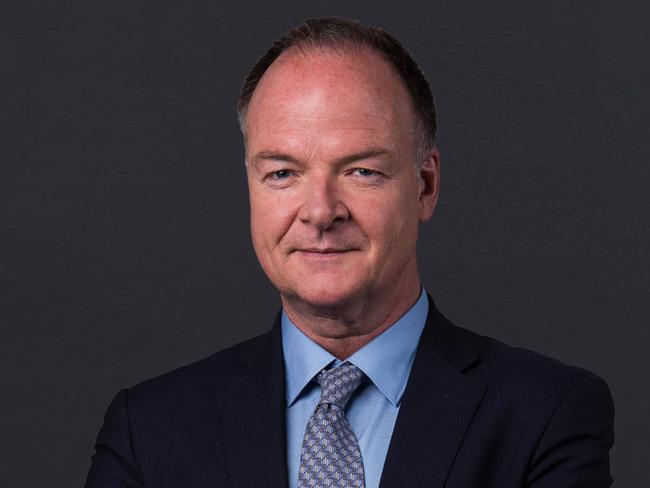
The experts agreed elimination of the virus would not be possible here and that the initial lockdown measures were only “to buy time”.
Dr Harris said: “If the virus is being transmitted anywhere, it’s everywhere.”
The key was learning to live with the presence of the virus in the community, and taking measures to limit its spread, said Professor Karl Sikora, former WHO cancer program director and Professor of Medicine at the University of Buckingham Medical School.
”Lockdowns work for a short period of time but you can’t keep people locked down forever,” Prof Sikora said.
“If one person blows it, you’re done.”
For Australia to have outperformed much of Europe, the UK and the US was “amazing”, he said.
“Australia is such a big place, you have several cities, Melbourne, Sydney, Brisbane, it’s several countries in one,” he said.
Britain has suffered an estimated 60,000 deaths from coronavirus, although the official figures stand at just under 45,000.
The UK has seen a continuing downward trend in cases, but has 662 deaths per 1 million people, compared with 407 in the United States and 339 in Brazil.
Only Belgium has a higher death toll per population at 844 per 1 million people, but there have been claims that the country has been including nursing home deaths, which bumped up its figures.
Sweden has 548 deaths per 1 million people, which was still lower than the UK, despite avoiding a tough lockdown, with no closures of schools or hospitality.
China reports only three deaths per million people, but there are serious questions over the accuracy of that data.
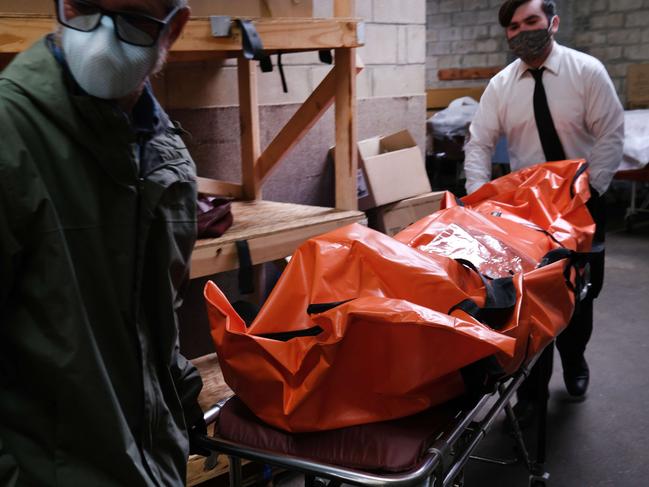
In the UK, Boris Johnson’s government has desperately been trying to reopen the economy in recent weeks and opened air bridges for travel between more than 50 countries.
The disease was still spreading because of travel between the UK and Europe, said Prof Sikora, adding that he travelled to Brussels at the height of the UK lockdown and there were no checks at the borders.
“As long as you have got exclusions, if you say: ‘It’s OK for diplomats’, then they are going to get COVID like the rest of us,” he said.
Mr Johnson has flip-flopped on the use of face masks, with all people required to wear one in shops from July 24 or face a $A180 (100 GBP) fine.
In the US, the wearing of masks has been divided along partisan lines as the White House has pushed back at mandating their use, despite the vast majority of states doing so.
Businesses including the world’s biggest retailer, Walmart, have in recent days said anyone entering must be masked, following advice from the Centre for Diseases Control that they should be worn inside if social distancing is not possible.
In the US, spiralling deaths show no sign of abating, with public health officials this week describing one main cluster in Miami, Florida as “the new Wuhan”.
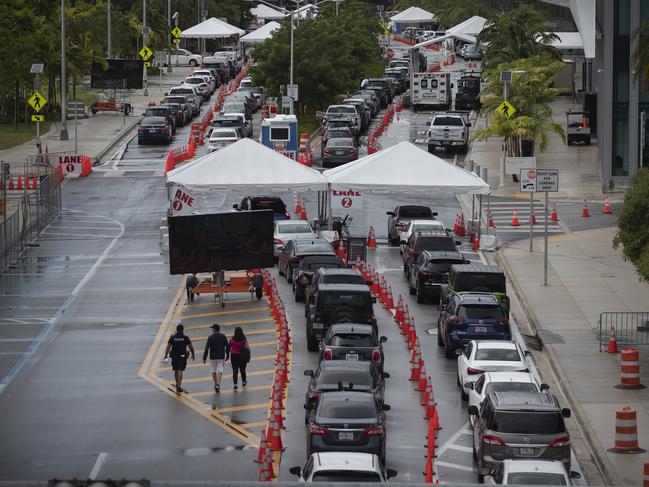
More than 60,000 new infections are being detected each day across the country, which accounts for more than a quarter of the world’s recorded deaths, at close to 140,000.
Public health experts put this calamity down to several factors, including a faltering start to testing, which continues to take as long as two weeks to deliver results, and a lack of preparedness and medical supplies.
But the real turning point came when America’s battle against coronavirus turned into a political issue, says Prof Dickie.
“I don’t think our national government responded appropriately or in a timely way to this threat, even when it was completely clear to everybody in public health and certainly everybody in global health that the US was facing a tremendous challenge,” he said.
“The guidance and the messaging from the government was inconsistent at best and in fact counter-productive in most cases.
“Then it became political, and then a choice between an economic benefit and a public health benefit, which was just a massive mistake.
“Some day soon we’re going to look back on it and say there’s no trade off between the economy and health.
“And it’s been made into a very controversial political issue, which delayed in some ways impeded our ability to get out of this and not get in front of it.
“The virus has gotten out of control in many places. “
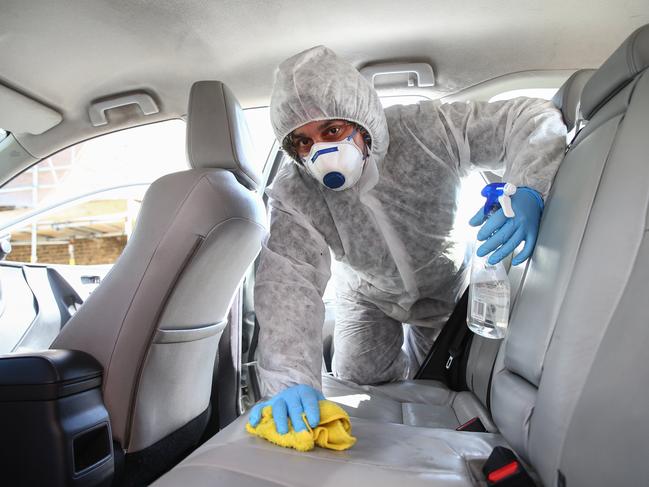
Dr Amesh Adalja from the Johns Hopkins Center for Health Security said it wasn’t as simple as leadership deciding they had to choose between multitudes of deaths or reopening the economy.
“The shut down orders were done in the United States because this was the only blunt tool the governors were left with because of mistakes in January, February and March,” Dr Adalja said.
“This wasn’t intended to be the way to manage this. The way we manage an infectious disease outbreak is through kind of precision guided interventions that are focused on the epidemiology where transmission is occurring, but we couldn’t do that because we had no testing. We didn’t know who was infected and who wasn’t.”
Dr Adalja said the only way back to normal would be through the successful development of a vaccine.
“No matter what your control is, until this virus is controlled with the vaccine, you’re always going to have a risk of flare ups occurring because the whole population is still not very immune to this virus,” he said.
Prof Vahlne said that a vaccine was the most likely solution to the virus, and he expected that an AstraZenca vaccine in Europe and a US vaccine could be available by “Christmas” if stage 3 trials were successful.
“They should have results in two or three months, I think we will have a really clear prediction in six weeks,” he said.
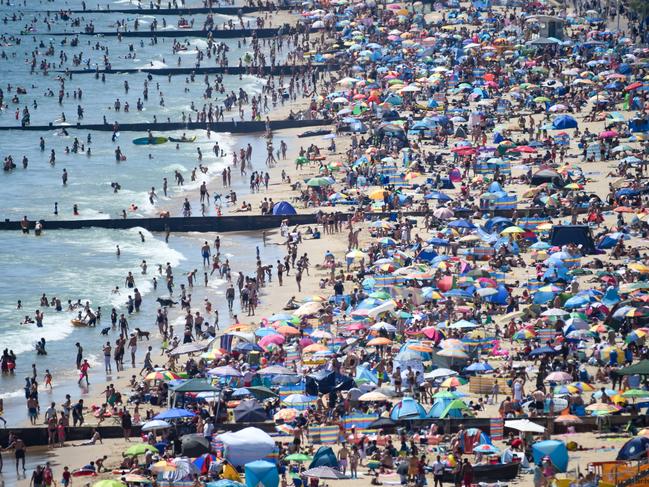
He said that the vaccine may not be perfect and a prime boost, or secondary vaccine may also be required.
“We can start with an adenovirus based vaccine and come back with a protein or RNA vaccine,” he said.
But Prof Dickie said he was “on the fence” about how optimistic he felt about vaccines.
“I have in my mind the experience of HIV and SARS, where we never ended up with a vaccine despite lots and lots of research,” he said.
“There are a lot of promising candidates, but we can’t we can’t be assured that we’re gonna end up with an effective vaccine.
“On the other hand, there are so many candidates and there’s so many really, really smart people at great institutions that are working on it, that if there is a vaccine as possible for this virus, I think we’ll find it.”
Originally published as Australia the envy of the world in COVID-19 fight
